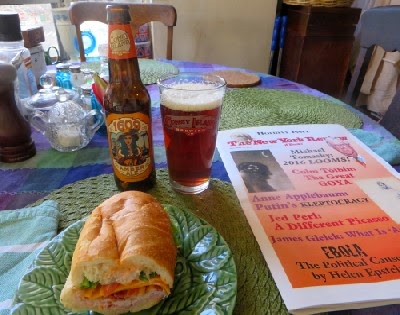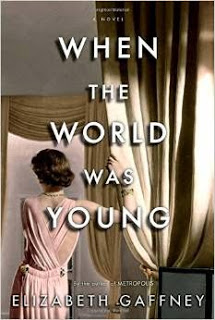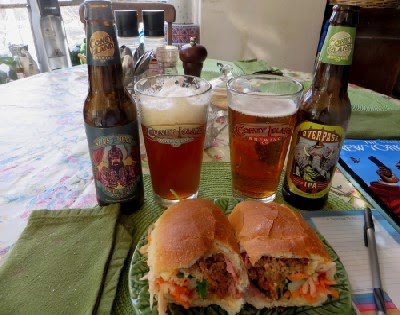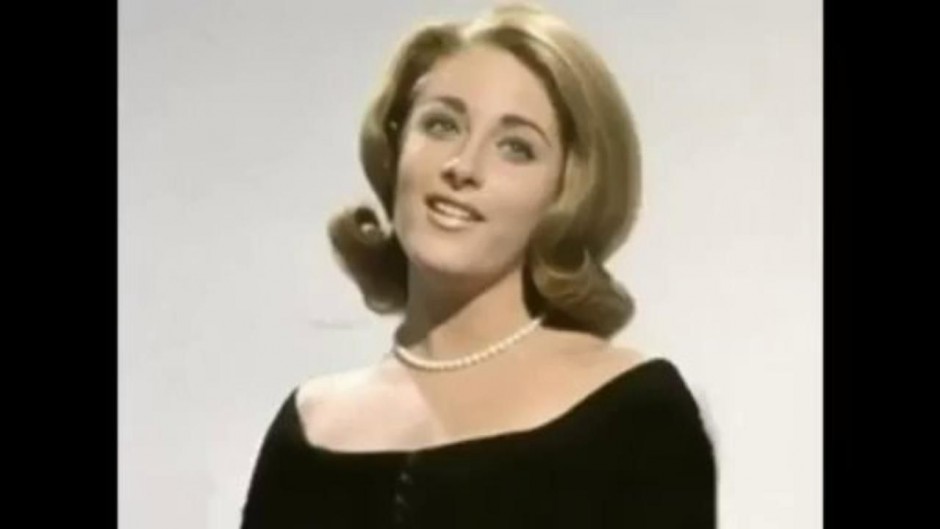Thanks to John Lee, who was part of the superb technical crew that worked on the movie, I’ve learned that “Toxic Zombies,” a.k.a. “Bloodeaters,” a.k.a. “Forest of Fear,” a.k.a. Il ritorno degli zombi,, in which I play a small part, is one of 2,700 movies on VHS tape acquired by Yale’s Sterling Memorial Library, according to this Yale Daily News story. The story mentions “Toxic Zombies” at the outset, evidently because of its gory title–also mentioned are “Silent Night, Deadly Night” and “Buried Alive”–but without mention (until my comment below the story) that its writer, producer, director, and star was a Yale Law School alumnus, my late friend (he was in his office on the 100th floor of One World Trade Center on the morning of September 11, 2001) Charlie McCrann. You can read more about the making of “Toxic Zombies,” and find links to a trailer and some reviews, here.
Source: Self-Absorbed Boomer
http://feedproxy.google.com/~r/blogspot/tzVM/~3/X4rFV-ktniE/my-movie-career-acquired-by-yales.html








